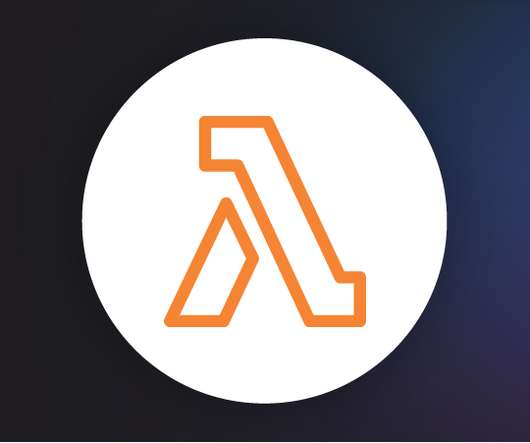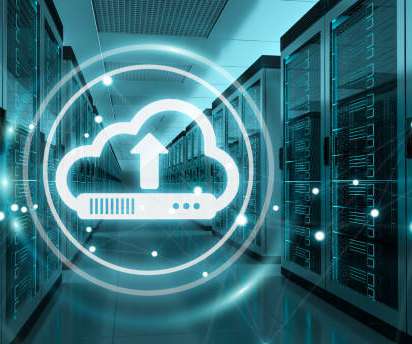What is AWS Lambda?
Dynatrace
APRIL 5, 2021
The 2014 launch of AWS Lambda marked a milestone in how organizations use cloud services to deliver their applications more efficiently, by running functions at the edge of the cloud without the cost and operational overhead of on-premises servers. Organizations are realizing the cost savings and management benefits of serverless automation.











Let's personalize your content